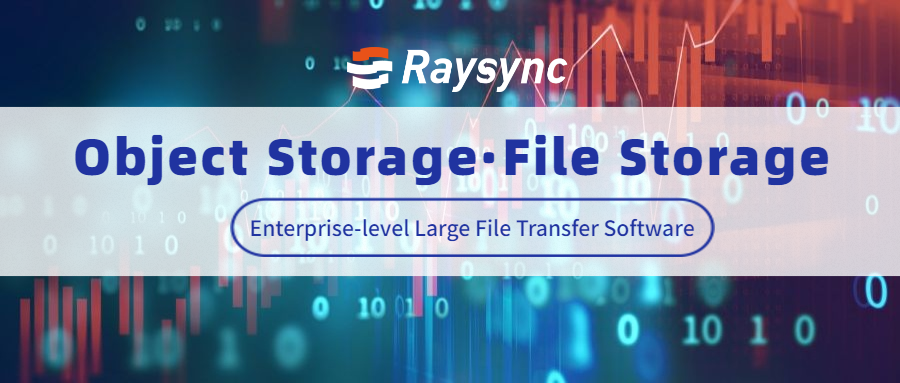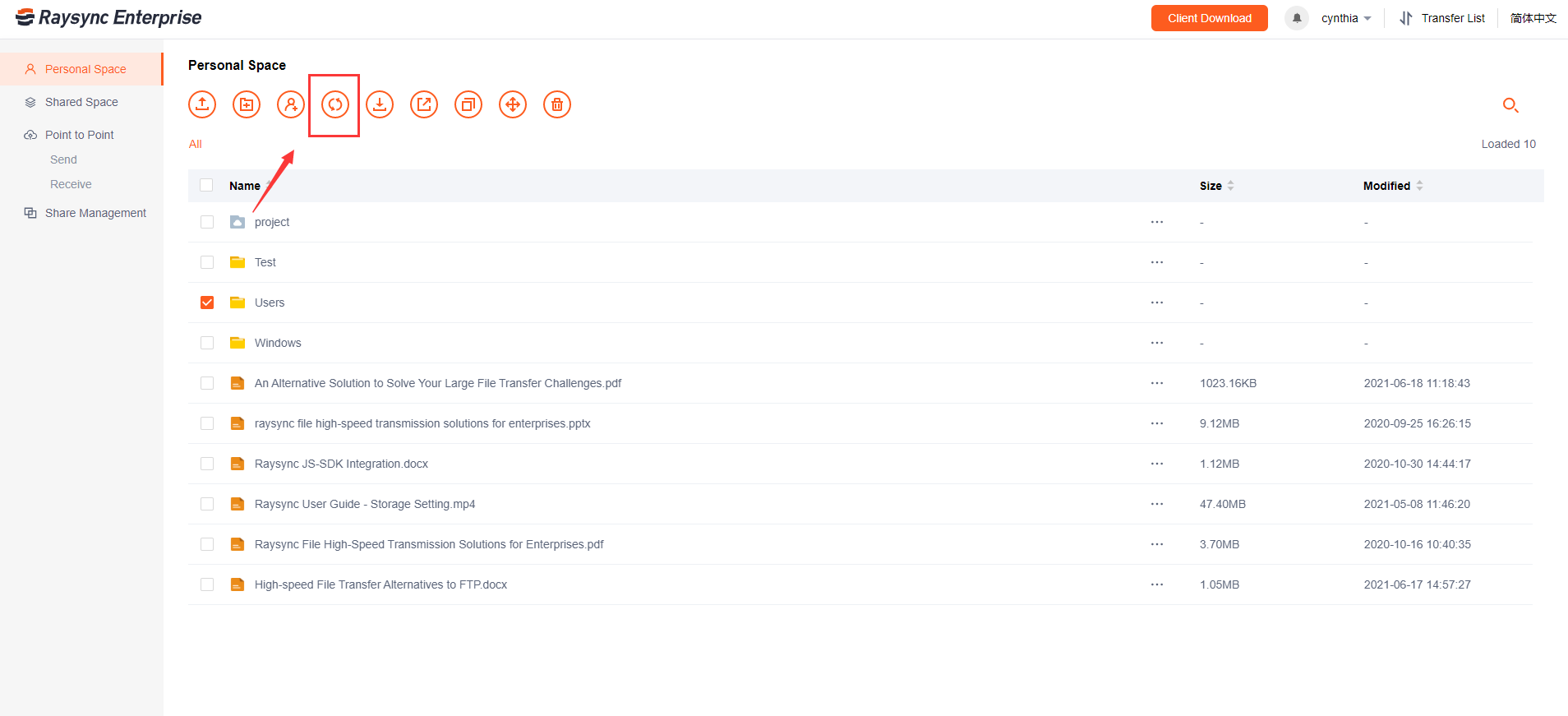Powerful Storage Function Does Raysync Large File Transfer System Own
February 23, 2021As a solution provider for large file transmission, Raysync has a self-developed ultra-high-speed transmission protocol, which can easily meet the extremely fast transmission requirements of TB-level large files and massive small files, and provide professional large file transmission and transmission management services for major enterprises.
What designs have been made for file storage in Raysync? What storage methods does Raysync support at present? Today we give answers to these two questions.
Let's first clarify the three concepts of object storage, file storage, and block storage:

Object storage: A strategy of managing and manipulating data storage as different units (called objects). These objects are stored in a separate warehouse and are not affected by files in other folders. Get each piece of data and designate it as an object. The data is stored in a separate warehouse, instead of a file in a folder, and is bound with the associated metadata and unique identifier to form a storage pool.
File storage: Data is stored as a piece of information in a folder to help organize data among other data. This is also called layered storage, which imitates the storage mode of paper documents. When you need to access data, your computer system needs to know the path to find data.
Block storage: Split a file into individual data blocks, and then store these blocks as separate data. Each piece of data has a different address, so there is no need to store them in a file structure.
Among the above three storages, object storage adds comprehensive metadata to files, eliminates the hierarchical file structure used in file storage, and places all contents in a flat address space called a storage pool. Object storage has no archive hierarchy, and the source data is completely customizable, so compared with file or block storage, the restrictions are much less and the resources are optimized; At the same time, data can be added forever, and unlimited scalability greatly reduces the storage cost of data; Faster data retrieval and better data analysis promote the wide application of object storage.
The use case of the object storage:
Providing rich media: Define workflow by using industry-leading solutions to manage unstructured data. Reduce the cost of rich media distributed globally.
Managing distributed content: Optimizing the value of data throughout its life cycle and providing competitive storage services.
Embrace the Internet of Things (IoT): Effectively manage machine-to-machine data, support artificial intelligence and analysis, and reduce the cost and time of the design process.
Storage methods supported by Raysync:

As an enterprise-level large file transmission software, Raysync has provided high-performance, safe, and stable large file transmission and transmission management services for 2W+ enterprises in IT, finance, film and television, biological genes, manufacturing, and many other fields. As shown in the above table, Raysync has a powerful file storage function, supports more than ten mainstream object storage services, and can meet the diverse storage needs of enterprises. If you want to know the problems related to large file transmission, please visit Raysync official website for a consultation.
You might also like

User Guide
January 27, 2021File synchronization software is used to store copies of on-premises data to another device or to the cloud. The files are typically available to be accessed via a Web-based portal.

User Guide
June 23, 2021What is FTP (File Transfer Protocol) and a complete description of SFTP and TFTP? FTP, SFTP, and TFTP are protocols used to transfer files over the network.

User Guide
December 14, 2020As with some other file transfer software, it takes a few steps to install Raysync including download the installation package, unzip, launch and activate it in three minutes, and then you can easily access the client.